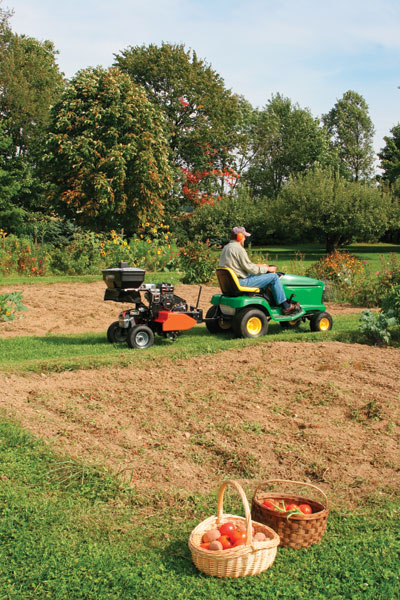
1. Return nutrients to the soil.
As your plants grow, they suck nutrients such as nitrogen, phosphorous, and potassium out of the soil. The natural cycle of life would have the plants die and decompose, returning those nutrients to the soil for other plants to use. You can help this process along by rototilling leftover garden debris back into the soil. Next spring, you’ll find that you may even need less fertilizer because your soil will already be filled with natural goodies!
2. Even out the patchwork.
It’s natural that since different parts of your garden contain different vegetables (or flowers, if it’s a flower bed), some will stay alive and productive later into the fall than others. Also, each plant will use differing amounts of the nutrients in the soil. If left as-is, you may find that your crops grow unevenly next year. A good tilling will even out the patchwork nature of the fall garden, and ensure that the space will have evenly distributed nutrients next year.
If your soil structure is less than ideal (i.e. if it’s overly acidic, dry, or clayey), you can till in compost in the fall to give it a boost come spring. It will improve the soil structure, allow it to retain water more easily, add nutrients, and even help resist disease.
So now’s the time to break out the rototiller! A quality machine will make the job easy and give your garden the boost it needs to be ready for action come spring.
